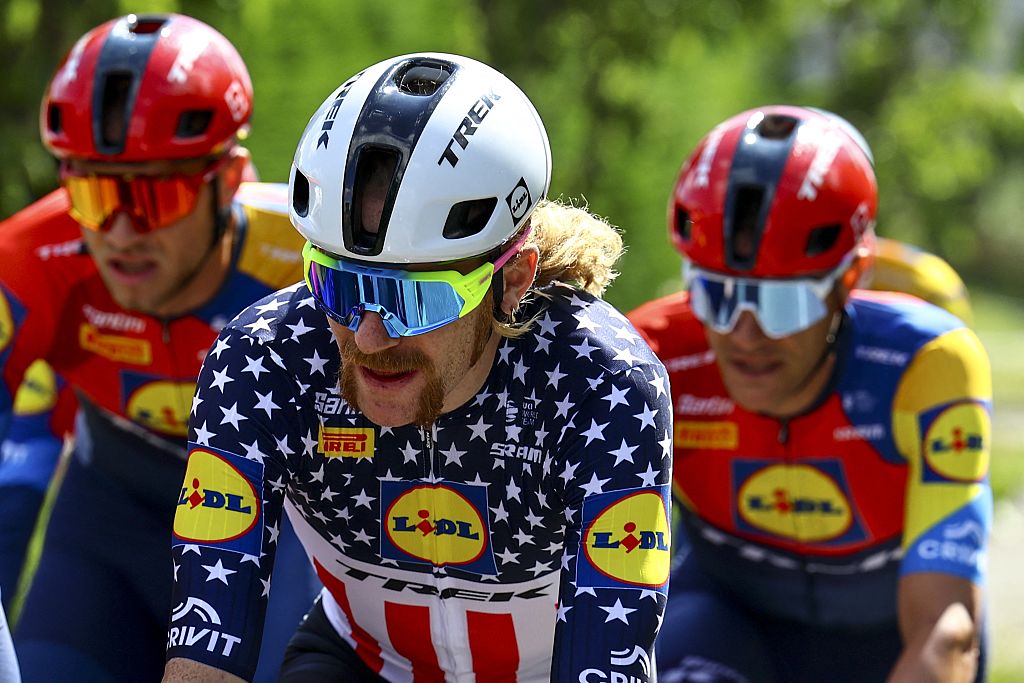Circuit de Spa-Francorchamps, home to the Belgian Grand Prix, holds a special place in the Formula One world as one of the seven tracks that was part of the maiden world championship in 1950. Its racing history dates back more than a century, a stretch in which it has seen more than its share of glory and tragedy.
The 19-turn Belgian track is the longest on the F1 calendar at 7 kilometers (4.3 miles), covering such a large area that it dwarfs other tracks and leaves drivers liable to encounter both rainstorms and beaming sun in a single lap — a tricky combination for tire strategy. The particular mix of fast corners and long straights has evolved over the years as Spa has morphed from using public roads to a permanent facility and implemented various rounds of safety-minded changes in the wake of severe and occasionally deadly crashes.

The famously rainy circuit’s dangerous nature led to its removal from the F1 calendar in the 1970s, before rejoining in a shortened format in 1983. Its latest fatality came just a few weeks ago, when Dutch driver Dilano van ‘t Hoff died following an accident in a junior series race.
“The two questions are, is Spa safe enough?” George Russell said, “and then it’s the question of the conditions.”
As F1 prepares for a sprint weekend in the Ardennes forest, here’s what you need to know about the Belgian track famed for its dangerous nature.
Key Specs
- Circuit length: 7.004 km (4.352 miles)
- Number of laps: 44
- Race length: 308.052 km (191.415 miles)
- Lap record: 1:46.286 (Valtteri Bottas, 2018)
- DRS zones: 2
- Corners: 19
- First GP: 1950
An adrenaline-spiking history
Circuit de Spa-Francorchamps’ racing history dates back to 1921 when designers Jules de Thier and Henri Langlois van Ophem formed a triangular track out of public roads between Francorchamps, Malmedy, and Stavelot. It originally ran 14.9 kilometers (9.258 miles) and began hosting grands prix a few years later. The track suffered from heavy shelling during World War II, necessitating repairs that were finished in 1947.
From the early days of F1, Spa had a shaky safety record. Archie Scott-Brown crashed and died in 1958; Chris Bristow and Alan Stacey were killed in 1960. Led by Jackie Stewart, the drivers started demanding safer conditions, even boycotting the race in 1969. Racing returned the following year, but the Belgian GP then moved away from Spa.
The track was redeveloped in 1979, and Formula One returned in the 1980s. The circuit as we know it today is half the length of the original layout, a high-speed technical challenge. But its dangerous nature remains.

GO DEEPER
Another Spa fatality raises fresh calls for change at the iconic circuit
A speedy blast through the Ardennes forest
Circuit de Spa-Francorchamps poses a technical challenge for drivers as they navigate the mix of fast corners and long straights. Here’s a circuit-related history lesson as we take a walk through the Ardennes forest:

Turn 1: La Source
When the drivers leave the starting grid, they’re met with one of the slowest corners on the track: a hairpin. The U-shaped turn’s name supposedly comes from water sources in the area.

Turn 2: Eau Rouge
Named after a stream that runs under the circuit, Eau Rouge means “red water.” The stones and riverbed have a reddish color to them from the rich iron-oxide deposits. The great Michael Schumacher once described this turn as “flying downhill and seeing a big mountain in front of you.”
Turn 3: Raidillon
Introduced in 1939, the Raidillon drops drivers approximately 40 meters (131 feet) from the start of the curve to the exit.

Raidillon to the Kemmel Straight
As drivers crest the hill at Raidillon and navigate onto the kilometer-long straight, they face a blind corner, posing a risk particularly during wet conditions. This is the site of the crash that killed van ‘t Hoff, and where F2 driver Anthoine Hubert was killed in August 2019.
In the wake of van ‘t Hoff’s death, many F1 drivers called for changes. “Even if it’s dry and someone loses the car, it’s a blind corner – hit the wall, car comes out, 300 plus km/h (186 mph), you’re toast,” Lance Stroll said.

Turn 10-11: Pouhon
Former F1 driver Romain Grosjean has called this “mega” double lefthander “probably the best corner of the whole season.” It’s taken at dizzying speeds as drivers slightly lift off on the first bend before going full throttle through the second.
Turns 18-19: Chicane, formerly known as Bus Stop
Meet the slow S-shaped sequence where there literally used to be a bus stop, back when the track was open to traffic. It’s a tight sequence and requires precision as it is one of the strongest braking zones.
Should track changes be made?
Several drivers have been outspoken that changes should be made to Spa’s layout in wake of van ‘t Hoff’s death. “We’re losing lives in that corner. It has to change,” Stroll said. “You know, (they’re) playing with fire.”
Changes were made following Hubert’s death in 2019, such as expanding the runoff areas at Raidillon ahead of the 2022 Belgian Grand Prix. After van ‘t Hoff was killed, Zhou Guanyu proposed bringing back the Eau Rouge chicane, which was last used nearly 30 years ago. Back in 1994, a chicane was introduced after the deaths of Ayrton Senna and Roland Ratzenberger in Imola. But also with the nature of the track, visibility is poor during wet conditions.
“I saw some videos of, I think 1994, where there was a little slow chicane,” Zhou said earlier this month, per RaceFans. “I think it’s the right way forward.
“I think the grandstand they can move backwards – they have space there. Still overtaking is possible, lap one, with the slipstream, but it’s a lower speed, so everything happens less straightforward.”
(Lead image: AFP, Alex Pantling – Formula 1/Formula 1 via Getty Images, Mark Thompson/Getty Images; Design by Drew Jordan – The Athletic)
(Animations by Drew Jordan — The Athletic)





















































